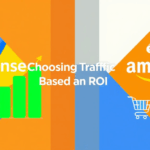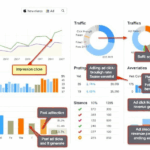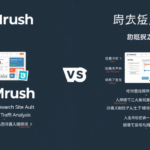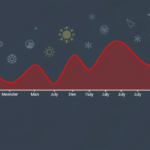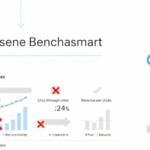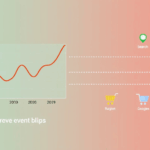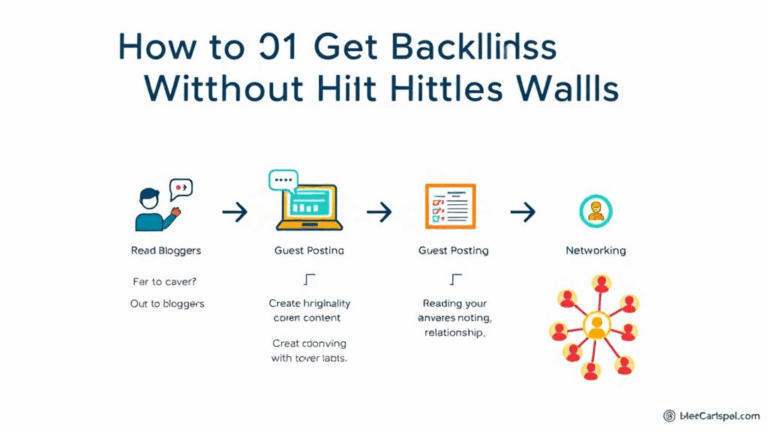Getting Consistent Traffic from Seasonal Keywords in AdSense
Why that big winter traffic spike doesn’t help you in July
I made over twice my normal AdSense revenue one year because of a single post about heated gloves. Amazing. But by the time July rolled around? That post was a ghost town. Which meant so was my RPM. The problem? I had naively bet on a keyword that only exists when people are freezing.
Seasonal spikes are addictive. When something catches like that, you think, “I’ll ride this for years.” Then you blink and realize your site is an off-season wasteland. If you’re relying too heavily on cold-weather gear or summer recipes or Valentine’s ads — your floor drops to zero the minute the calendar turns.
The fix is not avoiding seasonal stuff — it’s building in enough year-round search intent to hold you through the off months. Every spike should be an excuse to build a relevant evergreen it links to. Example: if your snow boots post bombed last winter in a good way, don’t wait — start writing about waterproof boot storage, off-season cleaning, or how to stretch boot lifespan in early spring. Not sexy, but those queries are alive in June.
What happens when Google “temporarily” recategorizes your post
Oh, the quiet horror of Discover traffic crumbling for no reason. I had a post gain maybe 100k views in a few weeks thanks to a sudden bump on Android devices. But then — poof — impressions tanked. It wasn’t policy-related, I wasn’t deindexed, but impressions charted like a cliff dive.
Turns out Google Search sometimes quietly recategorizes the intent or topic of a page, often seasonally, and it nukes any existing Discover momentum. That metadata change isn’t communicated anywhere — there isn’t a warning, not even a crawl anomaly you can see in Search Console. Nothing burns more than seeing your RPM go high enough to make real money — and then watching it spiral without any obvious cause.
The worst part? Even if your post is still getting traffic from Search, if Google believes it’s now out of season or misaligned with current candidate queries, Discover won’t push it. There’s no obvious fix, aside from unseasonal updating — literally change the year, tweak the headline, rebalance image placement, and see if Google refreshes its categorization.
When Google Ads blocks a keyword but not the content
I ran into this weirder-than-usual behavior with a long-tail keyword around chemical-free flea collars. The content got indexed fine, ranked decently, and brought in organic traffic even out of season (who knew June fleas were raging in Kansas). But no matter what, the page showed zero AdSense ads. Not blank spaces — just no auction entry.
After crawling through every optimization rabbit hole imaginable — font sizes, CLS, the works — I found that certain product-related keywords can pre-void ad requests without penalizing the page itself. It wasn’t flagged under Dangerous Content formally. It just… existed in limbo.
Dug through the page source and found:
google_ad_status=“no_fill_due_to_policy”
You’ll never see that log line unless you scrape it out of real-time debugging tools. The content was okay — but the combination of words matched just close enough to some outdated restricted clause in AdSense’s product signals that the ad call was stopped upstream.
Workaround: reframed the post around pest prevention instead of product comparison, reworded the H1, removed a quoted Amazon URL — and ads returned. Didn’t change my core content. Just danced around the lexicon landmines.
How evergreen modifiers stretch your seasonal keywords
There’s actually a dumb little trick I picked up after watching one keyword stay in the top five Google results for like three years: just modify your H2s, retitle paragraphs, and update internal links using intent-extending phrases.
- Add “in any season” or “year-round” where appropriate
- Embed Q&A-style subheads that address off-season use
- Use comparative queries: “Wool vs Fleece – Not Just in Winter”
- Anchor posts with “best value” or “longest lasting” instead of time-driven claims
- Include life-cycle guides: storage, reusability, pre-season cleaning
- Add videos, PDF links, or mini-tools that give year-round utility
- Cross-link it toward your non-seasonal pillar content repeatedly
You’re not trying to rewrite the whole article — just sand the seasonal edges down enough that users (and Google) stop seeing it as locked to one window per year.
Pinned products and AdSense display logic collisions
For anyone embedding ecommerce directly or using Web Stories, there’s a silent war between sticky product boxes and AdSense-responsive display behavior. Especially when pinned elements are injected post-DOMPaint.
I had one CSS-pinned callout (position:sticky; z-index:11; left:0) that let me float a “Top Picks” banner during a Black Friday deal. Looked fine. Clean. Big conversions. But AdSense drop-off started immediately. Impression rate for that post went down maybe 60-something percent.
Turns out, pinned or fixed-position elements anywhere above the fold during first viewport paint can nudge the rendering engine into classifying the layout as “obstructive,” even if Lighthouse says it’s fine. In some units, Google then opts out of injecting ad auctions altogether– no labels, no fails, just a skipped render call.
If the pinned product was programmatic (e.g., rendered with JS), the impact was way worse. They don’t talk about that in the docs, but debugging with DevTools and watching how long it took adsbygoogle.push() to resolve with sticky cards was the smoking gun.
Seasonal traffic bombs that come from weird hemisphere behavior
If you’re writing in English and assuming your audience seasons match yours, I promise: they don’t. I once had a blog post about “Summer-friendly bread recipes” blow up in January. Why? Most of the spike came from Australia and South Africa.
And here’s the kicker — the biggest clickthrough rates came after midnight my local time. I wouldn’t have noticed anything if it weren’t for a Google Analytics alert I’d set up for “hourly spike in active sessions from non-US.” That post now has two versions, one with a .au-friendly slug and local-alt tags, some light variant copy. Same content, region-bent metadata.
Seasonal content scheduling without hemisphere awareness is just leaving clicks on the table. At minimum, stagger your re-promotion campaigns. Don’t reshare a “Spring cleanse” post globally — change the region filters first.
When a seasonal query becomes a year-round one because of news cycles
This one’s still wild to me. Had a post breaking down “N95 mask storage temperatures” written during peak 2020 shortages. Thought it’d die off quickly. But when California wildfires hit the next year — boom, it ranked again. And then again a year later during a Canadian smoke wave.
So here’s the deal: some seasonal queries evolve into evergreen ones because current events make the context broader. If you see a recurring uptick even after the natural season ends, dig into what topics could resurrect it across year-level intervals.
And consider updating your meta titles to accommodate that expanded intent. I went from:
N95 Storage Tips for Heat and Cold
To:
How to Store N95 Masks in Flood, Fire, or Heat Conditions
That alone bumped my CTR up outside flu season.
AdSense seasonality reports under-report if you enable anchor ads
This is one of those bizarre, silently broken behaviors: enabling anchor ads can mess with your seasonal traffic analysis in AdSense reports. Not because it’s affecting ads per se — but because anchor units compile impressions differently.
I had multiple seasonal pages prepped for a back-to-school series, ran anchor ads globally, and noticed my Seasonal Report under “Content Types” was throwing off wrong revenue attribution. The RPM was suspiciously flat during peak weeks.
Dug into the debug overlay extension, and yeah — the auto-anchors were triggering impressions even when the main display content hadn’t fully loaded. So the session attribution ended up tying early impressions to the wrong channel.
This is a platform logic flaw that only crops up if you’re doing very precise seasonal campaign tracking by page cluster. You can see it best if you compare anchor-vs-display split metrics per geo or device over a 3-week window.
Honestly, I’ve started disabling anchors on pages where I care about seasonal traffic precision. It’s just too murky otherwise.

